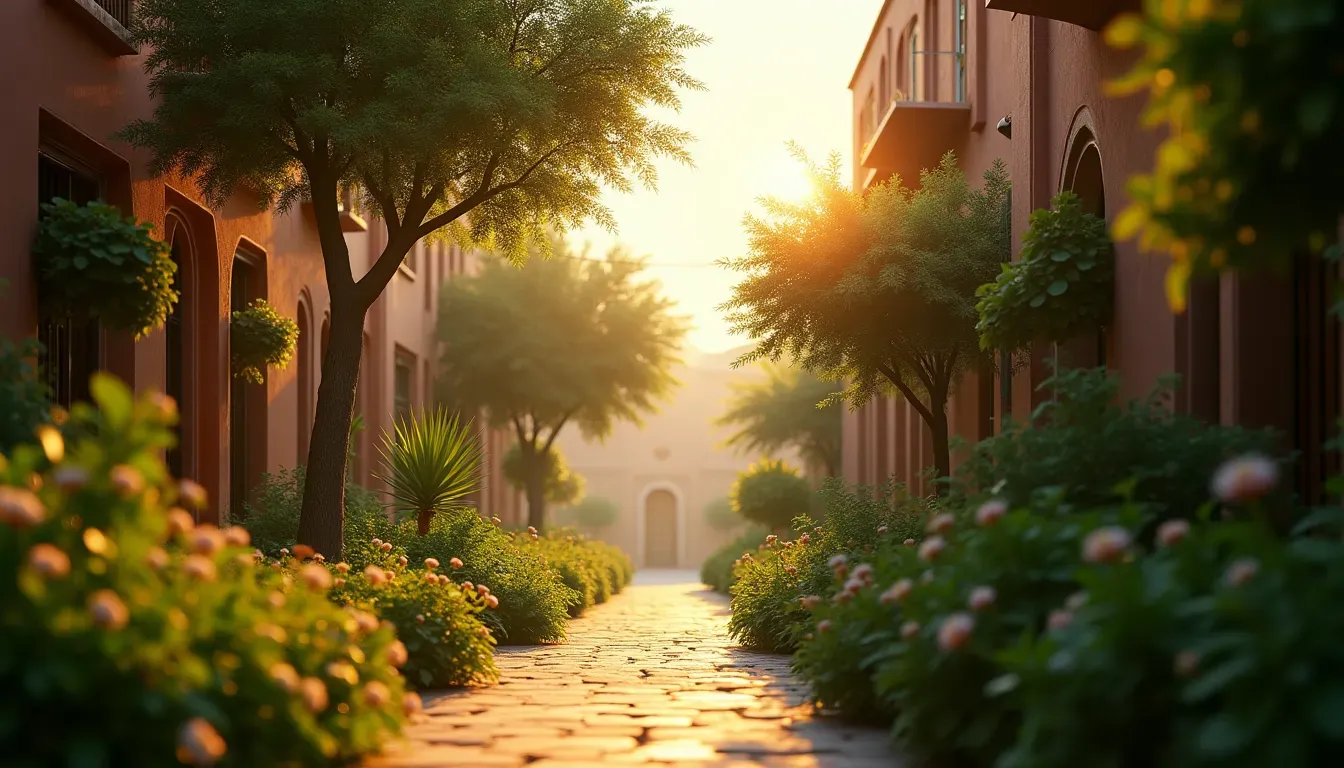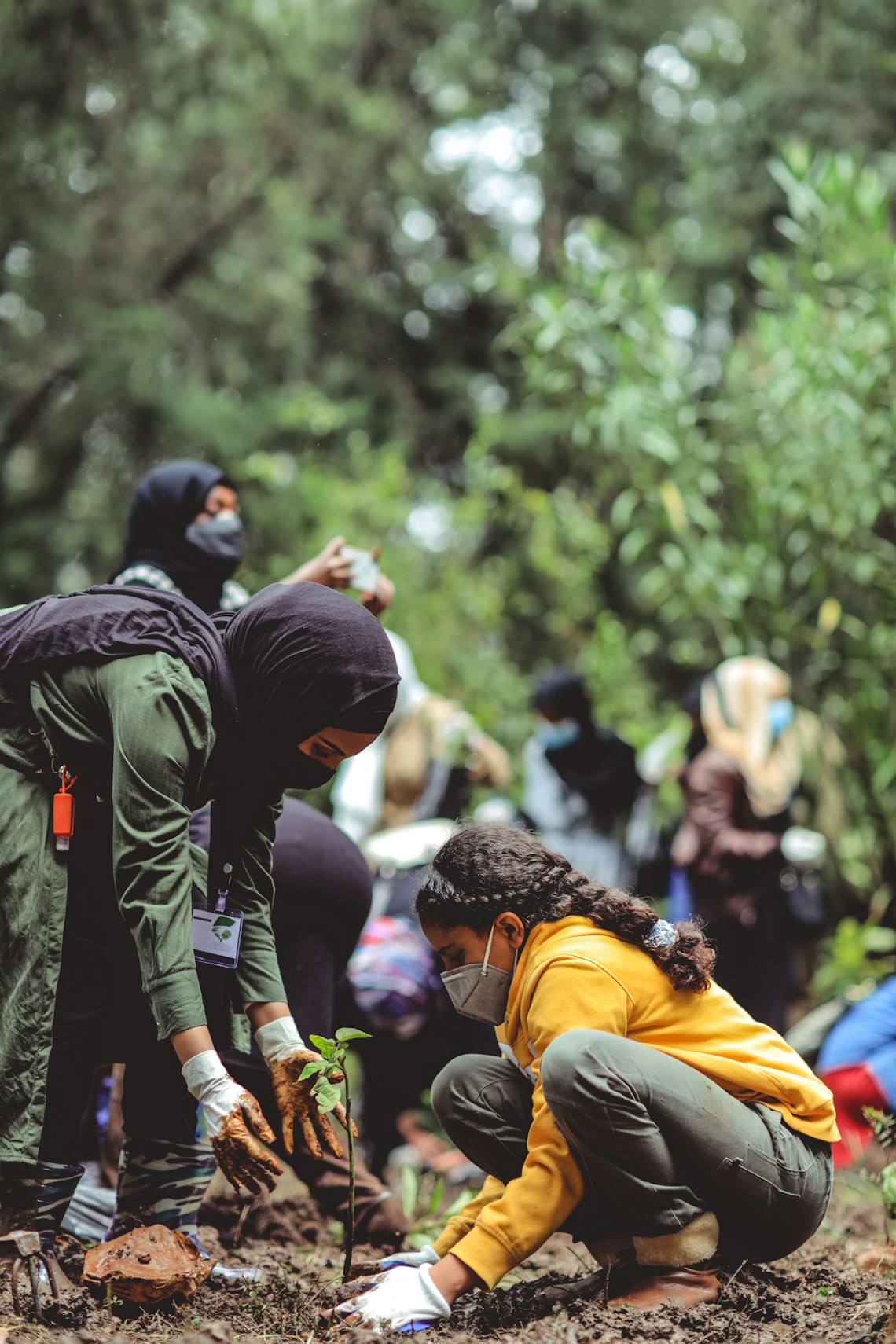Amidst the bustling streets and vibrant culture of Moroccan cities, a silent revolution is taking root. Tree planting in urban green spaces is not just an act of beautification; it is a lifeline for environmental sustainability and urban well-being. As concrete jungles expand, the need for tree planting becomes more crucial in redefining urban experiences.
Urban Green Spaces: Vital Lungs of Moroccan Cities
The concept of urban green spaces is gaining traction around the world, and Moroccan cities are no exception. These spaces act as vital 'lungs,' improving air quality, reducing heat, and fostering biodiversity. Through strategic tree planting, cities like Casablanca and Marrakech are witnessing transformations that go beyond aesthetics. The shade of a tree not only offers respite from the North African sun but significantly contributes to the ecological balance.
Benefits of Tree Planting in Moroccan Cities
- Improved Air Quality: Trees naturally filter pollutants and produce oxygen, creating healthier environments.
- Temperature Regulation: By providing shade and releasing moisture, trees reduce urban heat island effects.
- Biodiversity Enhancement: Urban forestry supports diverse ecosystems within city confines.
Tree planting initiatives are often driven by community collaboration and local governmental support, aligning with global sustainability goals. As Moroccan cities grow, integrating urban forestry is key to sustainable development.
Environmental Sustainability Through Urban Forestry
Environmental sustainability is a dialogue that extends across the globe, and tree planting plays a pivotal role in this discussion. Urban forestry is not merely the act of planting trees but embraces comprehensive planning to ensure long-term growth and health. Moroccan urban planners increasingly recognize trees as crucial infrastructure for combatting climate change and promoting sustainability.
Challenges and Opportunities
While the benefits are clear, challenges such as limited space and funding require innovative solutions. Initiatives like rooftop gardens, vertical forests, and the incorporation of native species make tree planting feasible even in densely populated areas. Furthermore, educational programs and community engagement are essential to foster a culture of environmental stewardship.
Engaging the Community in Green Initiatives
Successful tree planting initiatives often hinge on active community involvement. Residents play a critical role in nurturing urban green spaces and ensuring their longevity. Collaborative efforts between local governments, NGOs, and citizens create a shared vision for greener, more sustainable urban environments in Morocco.
For further insights on environmental sustainability, consider exploring related topics such as sustainable water management and eco-friendly architecture, each complementing the narrative of urban forestry.
In conclusion, cultivating green spaces through deliberate tree planting strategies in Moroccan cities is not just about 'going green.' It is a transformative journey towards a sustainable future, where urban forestry lies at the heart of environmental and societal well-being. As these initiatives continue to grow, they redefine the urban landscape, making Moroccan cities greener and more resilient.




